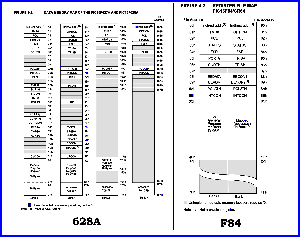The third PIC programmer I have built to enable me to program those PICs that don't works well using the serial programmer. The programmer works so well that I have then configured it to work with a total of five different programming softwares, all without changing any hardware. So when one program is not well behave or shows strange results, I can always try another.
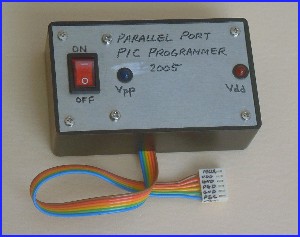
This is the second PIC programmer I have built after the first one failed to program a 18F4455, for no apparant reason. I have redesigned the data input/output section and so is different to the design exists on the internet, like that by L. Stolz

The fourth Parallel Port PIC programmer I have built to use 9V and 3V battery. The design uses very few components and consumes very little power when idle. It has been tested on all the PICs I have.
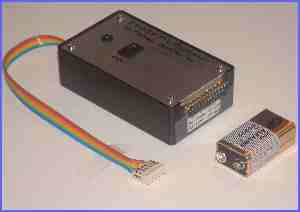
This project is my first in the area of PIC. I search on the web for good programmers and found this one. I have redrawn the circuit so that I can fully understand how it works and then tested it on breadboard to make sure it does. It provided me with the needed programming function to program a 16F877 which I later use in the making of ICD2 Clone.
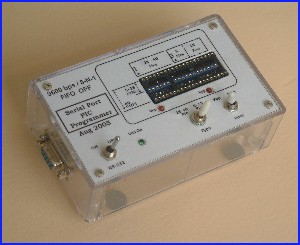
The fourth PIC programmer that I have built for a friend to get him started in PIC programming. It is similar to my previous design but there is no requirement to make this design working with as many softwares as possible. However, it still work with ICProg and WinPicProg. I have not tested others.
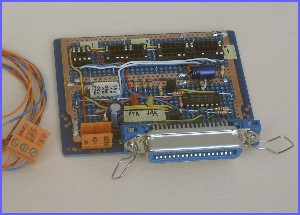
This ZIF socket is wired to accept the connections from all my programmers. There are switches on it to enable me to select different PICs from 8-pins to 40-pins. This is my own design while others would choose to have different connectors for different types of PICs. The PGM pin is taken full care of in my design.
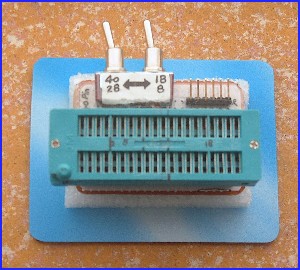
Rather than building separate RS232 to TTL interface for every PIC project and circuit, I have moved the interface into it own circuit. Therefore it becomes a simple matter to connect the PIC to the serial port using this common interface. Using this setup, it is easy to convert any capable PIC into bootloader for user code downloading. I even built an extra one for my old friend.
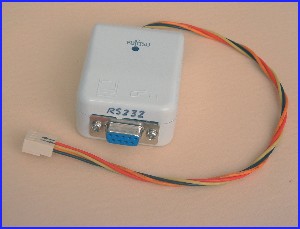
A tutorial aimed to convey the main point in using PICs. I have search the Net but could not find any collection of tips and tricks that one would need. Hopefully this tutorial would enable a person whom never come across a PIC to quickly get up to speed in programming.

Data, images and graphs I cut and paste myself to enable me to get up to speed with different PICs. An example is the different memory location and mapping of memory between 16F84 and 16F628A when one wants to convert a 16G84 program to run on 16F628A. These do not exists on their own but one have to merge them together, saving the effort to consult separate datasheets.
